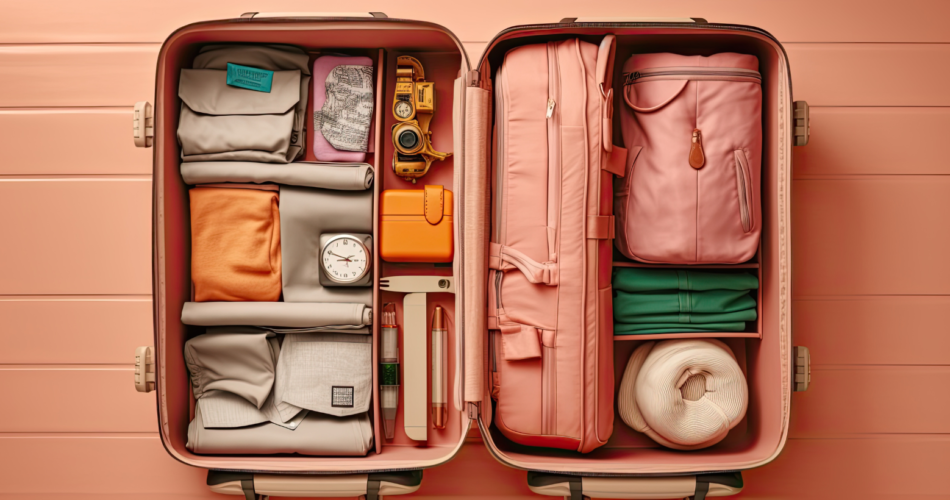Backpacking offers a unique sense of freedom, letting you explore the world on your own terms. To ensure a safe and enjoyable experience, proper preparation is key. Here’s a guide to help you get started:
1. Choosing the Right Backpack
Before anything else, you need the right backpack. It’s your lifeline, your mobile home, and the most critical piece of gear you’ll have with you. Here’s what to consider:
Size: For shorter trips, a 40-60 liter pack is usually sufficient. For longer adventures, opt for a 60-80 liter pack.
Comfort: Look for a backpack with padded shoulder straps and a supportive hip belt to distribute weight evenly.
Weather Resistance: A waterproof or water-resistant backpack will keep your gear dry in unpredictable weather.
2. Clothing Essentials
When it comes to backpacking, clothing isn’t just about style—it’s about functionality and comfort. The key is layering, so you can adjust to different temperatures and conditions.
Layers: Wear layers to stay comfortable in changing weather. Begin with moisture-wicking base layers, add warmth with insulating layers, and protect yourself from rain with a waterproof jacket.
Footwear: Sturdy hiking boots are essential. Consider packing water shoes or sandals for wet conditions.
Accessories: Don’t forget a hat, gloves, and extra socks
3. Sleep Gear
A good night’s sleep is essential to keep your energy up on the trail, so your sleep system should be lightweight yet comfortable.
Sleeping Bag: Choose a sleeping bag rated for the coldest temperature you’ll encounter.
Sleeping Pad: A foam or inflatable pad provides comfort and insulation.
Tent or Shelter: A lightweight tent or hammock will provide shelter for the night.
4. Food and Cooking Gear
Eating well while backpacking isn’t just about sustenance—it’s about keeping your spirits high. Energy-packed, lightweight foods are key.
Stove and Fuel: A compact stove and fuel canisters are necessary for cooking.
Cookware: A pot, spork, and cup are sufficient for most meals.
Water Filtration: A water filter or purification tablets are essential for treating water from natural sources.
Food: Pack lightweight, high-energy foods like energy bars, trail mix, and dehydrated meals.
5. Essential Tools and Gear
There are a few non-negotiable items you’ll want to have in your pack for safety, navigation, and comfort.
Navigation: A map, compass, or GPS device will help you stay on track.
First-Aid Kit: Pack essentials like bandages, antiseptic, and pain relievers.
Multi-Tool: A multi-tool can be handy for various tasks.
Headlamp or Flashlight: Provide light for nighttime navigation.
Trekking Poles: Optional but can help reduce strain on your knees.
Fire-Starting Materials: Matches or a lighter are necessary for cooking or creating warmth.
7. Leave No Trace
A responsible backpacker always follows the Leave No Trace principles. Respect nature, pack out all trash, and avoid disturbing wildlife. Campsites should be left as you found them—or cleaner.
Minimize Campfire Impact: Use a stove for cooking and, where allowed, only build campfires in established fire rings. Always ensure your fire is completely out before leaving.
Dispose of Waste Properly: Pack out all your trash and waste. When it comes to bathroom breaks, dig a cat hole at least 6-8 inches deep and 200 feet away from water sources.
Pack Smart, Trek Smart
Backpacking is an incredible way to connect with nature and challenge yourself. With the right preparation and gear, you’ll be ready to tackle the wilderness with confidence. It’s not about how much you pack, but how wisely you pack. Stay light, stay prepared, and most importantly, embrace every moment of the journey.



